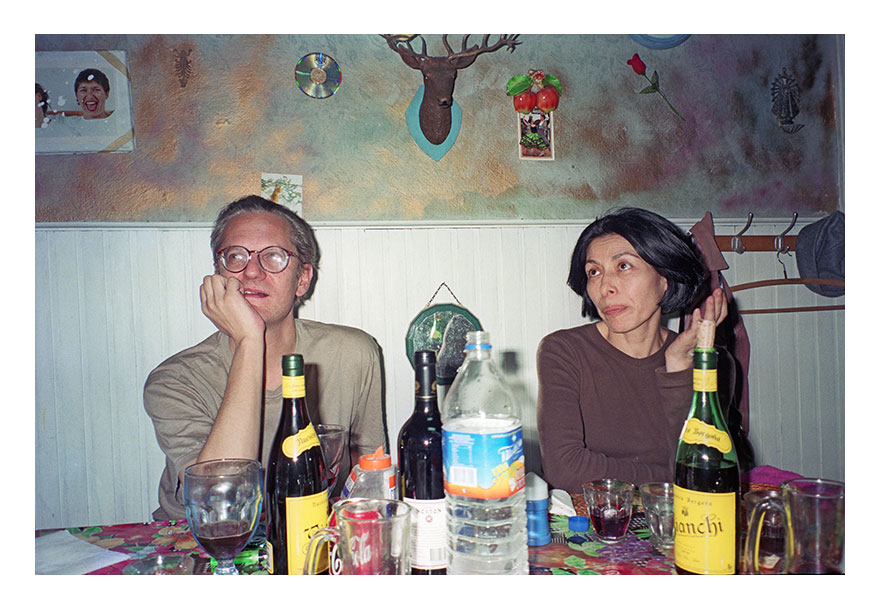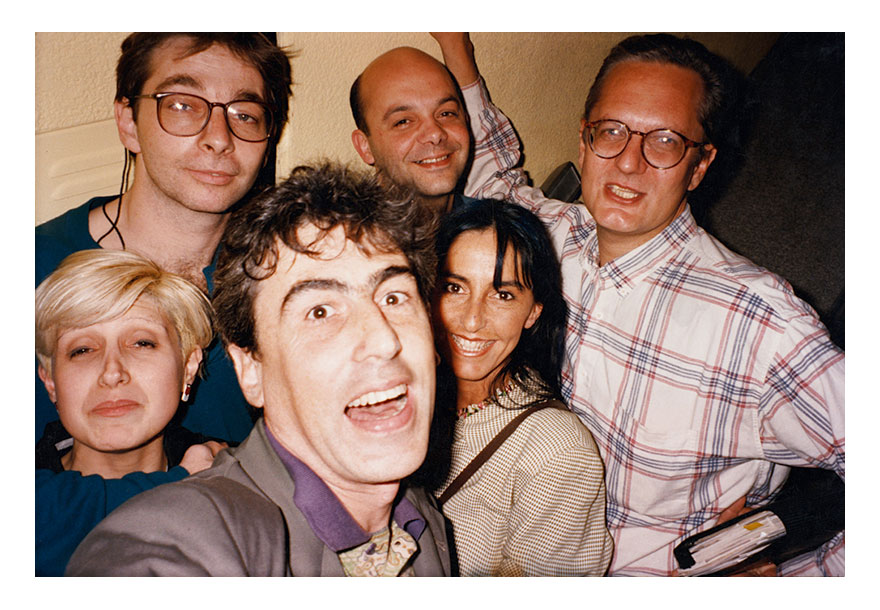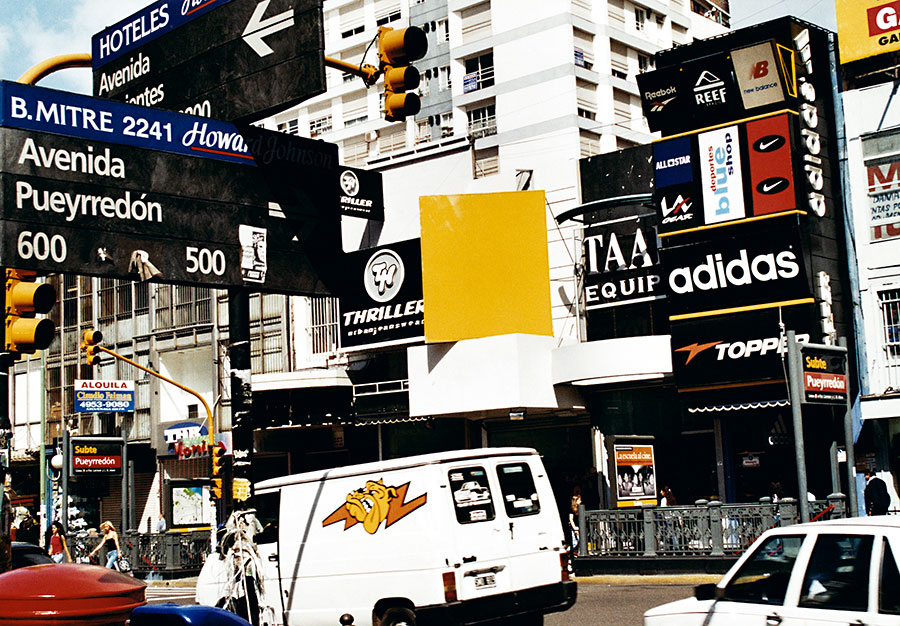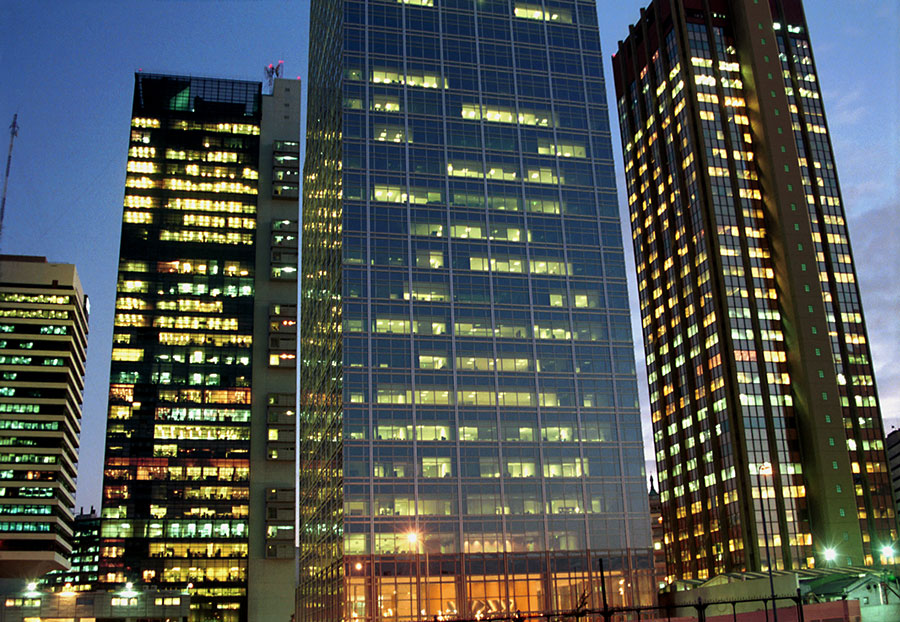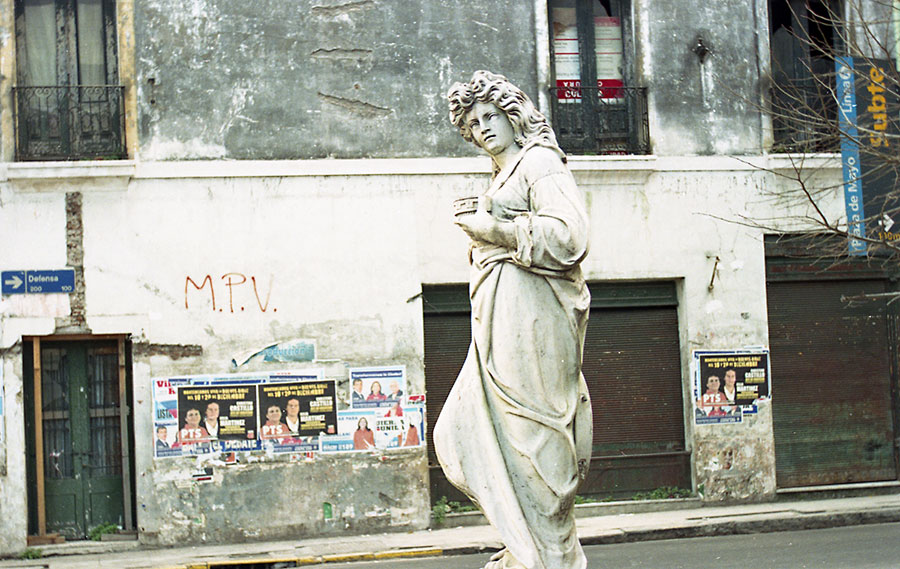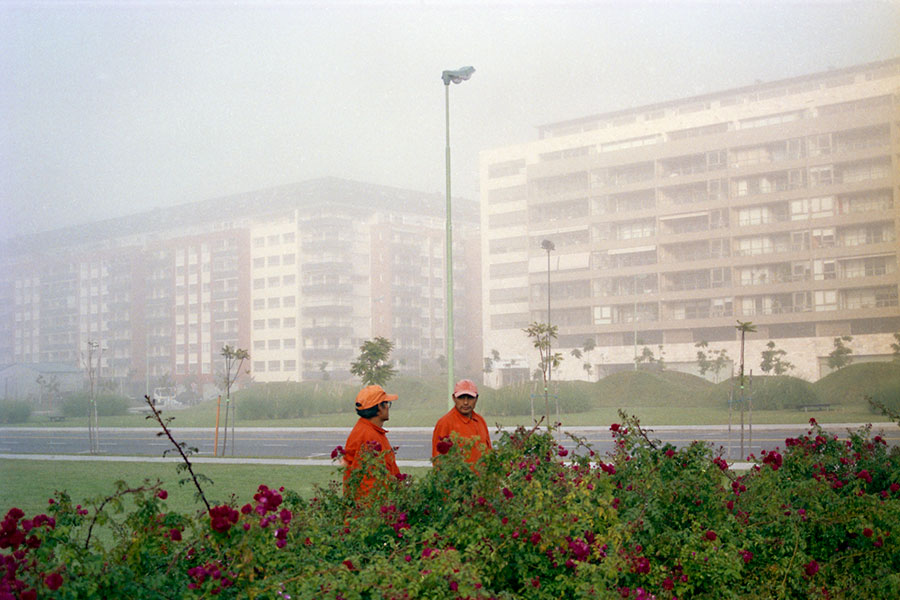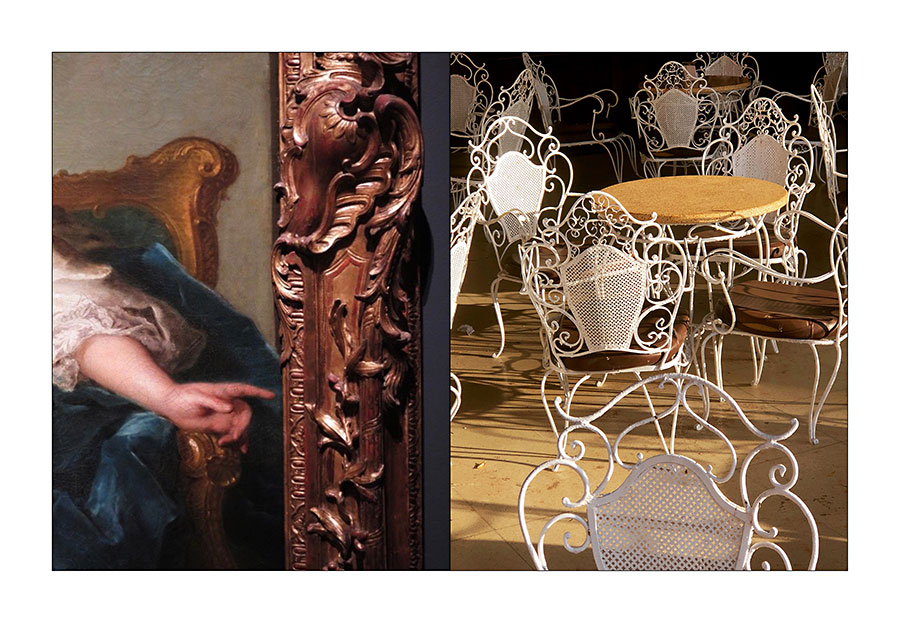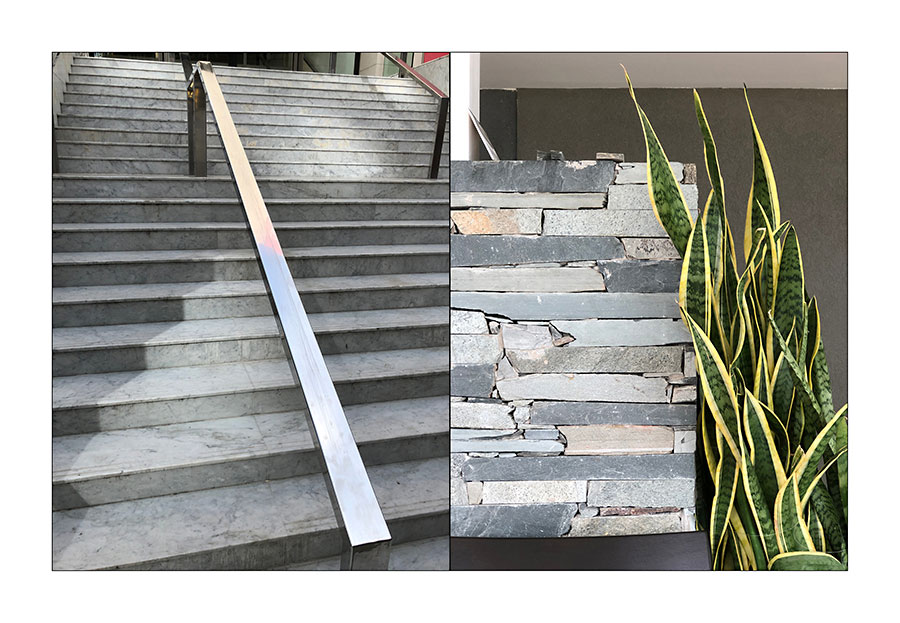ALBERTO GOLDENSTEIN
This fourth chapter of Pride and Prejudice features the work of Alberto Goldenstein (Buenos Aires, 1951). A key figure in contemporary Argentine photography, Goldenstein emerged on the art scene in the late eighties as part of the group of artists associated with the Centro Cultural Rojas. He proposed a novel approach to the medium developing an aesthetic based on the snapshot, a bold use of color, and an emphasis on the act of looking to capture everyday life —“placing the viewer’s eye where my eye is”—, his camera’s lens becoming an extension of his subjectivity.
Goldenstein has had great influence on contemporary Argentine photography as the curator of the Rojas photo gallery and as a teacher of younger generations during decades. In 2018, the Museum of Modern Art of Buenos Aires held a major retrospective of his work curated by Carla Barbero. His works are in the photography collections of the Museo de Arte Moderno de Buenos Aires, the Museo Nacional de Bellas Artes, the Museo Castagnino in Rosario, the Museo de Arte Latinamericano en Buenos Aires (MALBA), as well as private collections in Argentina and abroad.
ORGULLO Y PREJUICIO
Art in Argentina in the 90 and beyond.Chapter I. Introduction.
Chapter II. Teen Conceptualism / Didactic Conceptualism
Chapter III. Fernanda Laguna
Chapter IV. Alberto Goldenstein












